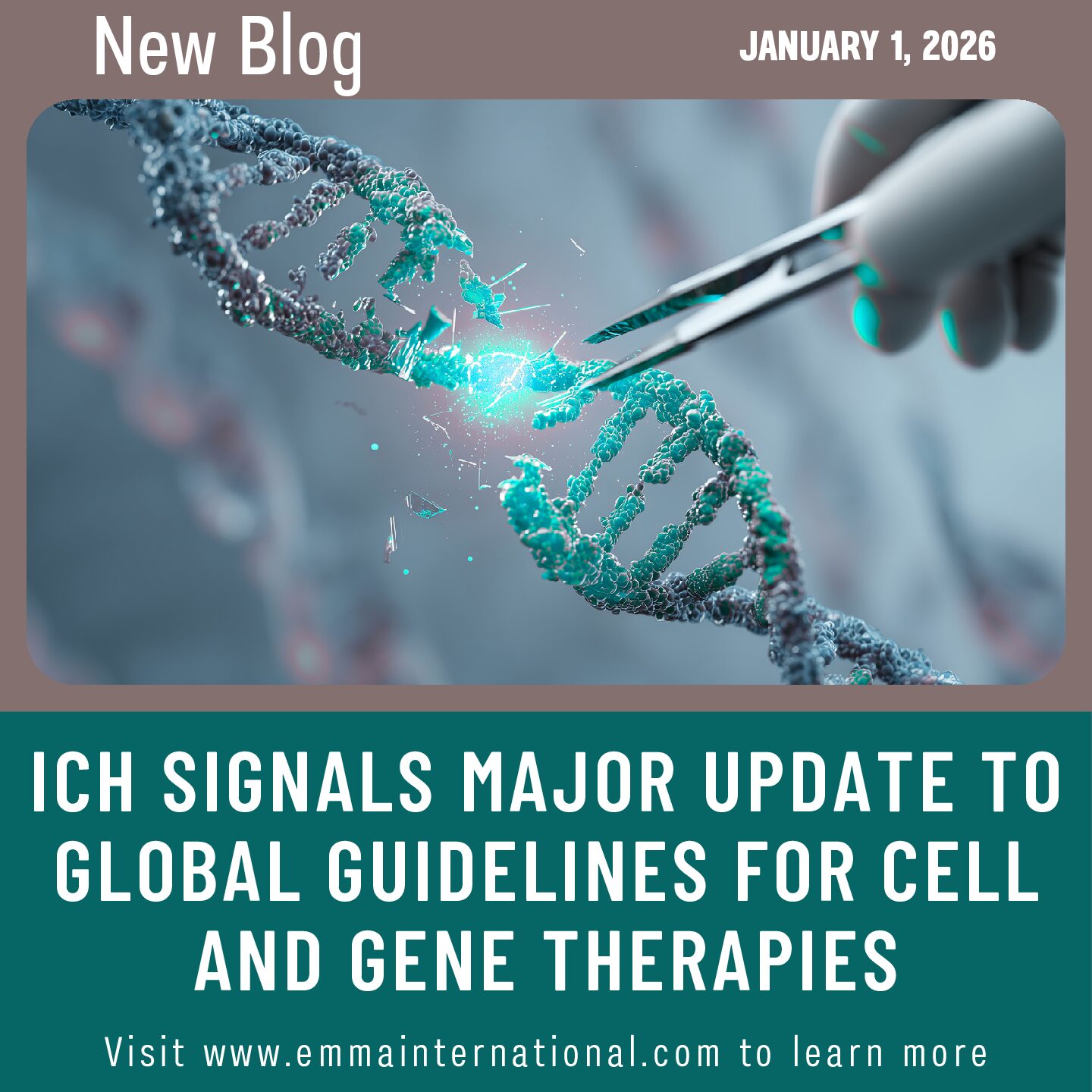When developing medical devices, clinical trials are a crucial step in determining safety and effectiveness. These trials must comply with regulatory requirements, which vary depending on whether the device is classified as a significant risk (SR) or nonsignificant risk (NSR) device. This classification affects the need for an Investigational Device Exemption (IDE), a regulatory pathway that allows investigational devices to be tested in clinical studies.
An Investigational Device Exemption (IDE) is a regulatory mechanism from the FDA that allows medical devices to be used in clinical trials before they have been fully approved for marketing. The IDE process enables device manufacturers to gather the necessary data to demonstrate safety and effectiveness for market approval. Whether an IDE is required depends on the risk category of the device.
Significant Risk (SR) Devices
Significant risk (SR) devices are those that present a serious potential for harm to the patient or are used in critical medical conditions. These devices often have a direct impact on a patient’s health or involve invasive procedures. Some examples of significant risk devices include:
- Implantable devices, such as pacemakers or stents.
- Life-sustaining devices, like ventilators or dialysis machines.
- Devices used for treating or diagnosing life-threatening conditions.
Since SR devices present a higher level of potential risk, they require a more stringent regulatory review process. For a clinical trial involving an SR device, the sponsor must:
- Submit an IDE application to the FDA.
- Provide preclinical data, including bench and animal testing, to demonstrate that the device is safe to test in humans.
- Obtain approval from both the FDA and an institutional review board (IRB) before initiating the trial.
Without an IDE, the investigational device cannot be legally used in human studies, as the FDA’s role is to ensure that the risks are minimized, and the study design is appropriate.
Nonsignificant Risk (NSR) Devices
Nonsignificant risk (NSR) devices pose a lower potential for harm and are often used in less invasive procedures or non-critical medical conditions. Examples of NSR devices might include:
- Diagnostic devices that are external and noninvasive.
- Dental devices, such as orthodontic retainers.
- Certain monitoring devices that do not penetrate the body or interfere with bodily functions.
While NSR devices present less risk, they are still subject to regulatory oversight. Clinical trials for NSR devices do not require a formal IDE application to be submitted to the FDA. However, the trial must still be reviewed and approved by an institutional review board (IRB).
The IRB plays a crucial role in ensuring the safety of the trial participants by reviewing the study protocol, informed consent process, and risk/benefit ratio. If the IRB determines that the device is indeed nonsignificant risk, the trial can proceed without FDA review. However, if the IRB disagrees and classifies the device as significant risk, the sponsor must submit an IDE to the FDA.
How to Determine Device Risk?
The FDA provides guidance to help determine whether a device falls under the SR or NSR category, but the ultimate decision can depend on the specific use of the device in the clinical trial. In some cases, the device sponsor may make an initial risk determination, but the IRB is the final authority on the risk level. If there is uncertainty, the sponsor can consult the FDA for an official risk determination.
How EMMA International Can Help
Understanding the difference between significant risk and nonsignificant risk devices is essential for navigating the clinical trial landscape. For SR devices, an IDE is required, and the study must be approved by both the FDA and an IRB. For NSR devices, an IDE may not be necessary, but the IRB must still review and approve the trial to ensure participant safety. By complying with these regulatory requirements, device developers can efficiently conduct clinical trials and move one step closer to bringing innovative, life-saving technologies to market.
If you’re a medical device manufacturer or sponsor navigating the complex regulatory landscape, EMMA International can provide expert guidance and support in securing IDE approvals and ensuring compliance with FDA and IRB requirements. Call us at 248-987-4497 or email info@emmainternational.com to get in touch with our team of experts 24/7.
FDA (Jan 2006) Significant Risk and Nonsignificant Risk Medical Device Studies retrieved from: https://www.fda.gov/regulatory-information/search-fda-guidance-documents/significant-risk-and-nonsignificant-risk-medical-device-studies





